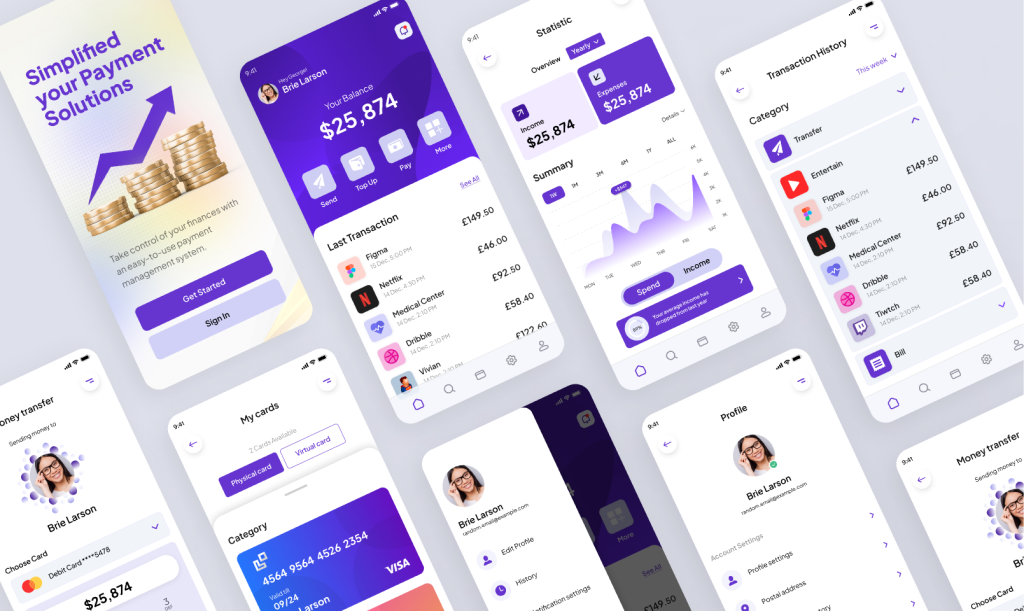A web designer plays a critical role in transforming a business’s vision into a compelling and functional online presence. Drawing from a deep understanding of user experience, visual design, and industry trends, the web designer is responsible for crafting layouts, selecting color schemes, choosing fonts, and organizing content in a way that aligns with the brand’s identity while ensuring clarity and ease of navigation.
Web designer
A web designer in Sri Lanka plays a vital role in creating visually appealing, user-friendly, and responsive websites that help businesses establish a strong online presence. By combining creativity with technical expertise, web designers craft layouts, select color schemes, and design intuitive navigation systems that enhance usability and reflect a brand’s identity. Using technologies such as HTML, CSS, JavaScript, and modern frameworks, they ensure seamless functionality across all devices while integrating features like accessibility, interactivity, and optimized user experiences. Skilled designers not only differentiate brands through professional and polished designs but also boost engagement, conversions, and credibility, making them essential partners for businesses aiming to compete locally and globally in the digital marketplace.

also ensures the website functions smoothly across devices and browsers. This includes optimizing the layout for mobile responsiveness, implementing interactive elements like menus and galleries, and ensuring accessibility for all users. The designer collaborates closely with developers, content creators, and clients to bring each element together cohesively. Their role is not limited to how a site looks, but also how it works—focusing on user flow, information hierarchy, and overall usability. A skilled web designer helps businesses make a strong first impression online, increase engagement, and provide a seamless experience that supports customer needs and business goals.
Modern web design is driven by a combination of cutting-edge technologies and powerful coding languages that enable the creation of fast, secure, and user-friendly websites. At the core of every website are HTML (HyperText Markup Language), CSS (Cascading Style Sheets), and JavaScript—three essential languages that structure, style, and bring interactivity to websites. HTML defines the content structure, CSS controls the visual layout and appearance, and JavaScript adds dynamic functionality like sliders, pop-ups, and real-time content updates.

web designer
In recent years, more advanced technologies have emerged to enhance performance and web development efficiency. Frameworks such as React, Vue.js, and Angular allow developers to build complex, interactive user interfaces with reusable components, speeding up the development process while ensuring a smooth user experience. On the back end, languages like PHP, Python, Node.js, and Ruby power server-side logic, enabling functions such as form handling, database management, and content management systems (CMS). For e-commerce and content-heavy sites, platforms like WordPress, Shopify, and headless CMS solutions offer flexible, scalable solutions.
In addition, the adoption of responsive design frameworks like Bootstrap and Tailwind CSS ensures that websites look and perform well across all devices. Progressive Web Apps (PWAs), single-page applications (SPAs), and APIs are also becoming standard in modern web development, offering faster load times, offline access, and smoother navigation. Technologies like WebAssembly, serverless architecture, and AI-driven design tools are shaping the future of web design, providing developers with more efficient and powerful ways to build websites that are not only visually engaging but also highly functional and scalable website for best cost.